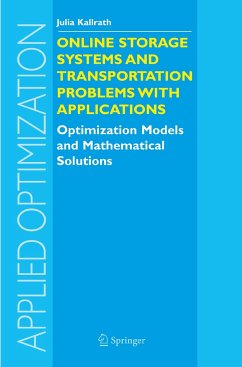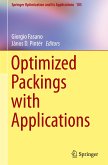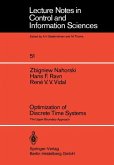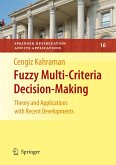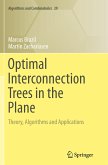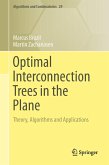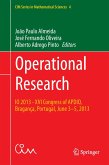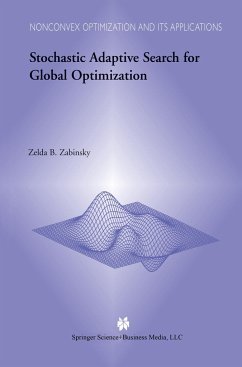Appendices A Rotastore A. l Tabular Results for Different Models A. 2 Tabular Results for Different Algorithms B OptiTrans B. l Input Data B. l. l Input Data Common to all Solution Approaches B. 1. 2 Specific Input Data for the MILP Model and the Column Enumeration Approach B. 1. 3 Specific Input Data for the Heuristic Methods B. 1. 3. 1 Penalty Criteria B. 1. 3. 2 Control Parameters of the OptiTrans Software B. 2 Tabular Results B. 2. 1 Tabular Results for the MILP Model B. 2. 2 Tabular Results for the Heuristic Methods B. 2. 2. 1 Input Data for a Whole Day - Offline Analysis B. 2. 2. 2 Results for CIH and SA References Index Preface This book covers the analysis and development of online algorithms involving exact optimization and heuristic techniques, and their appli- tion to solve two real life problems. The first problem is concerned with a complex technical system: a special carousel based high-speed storage system - Rotastore. It is shown that this logistic problem leads to an NP-hard Batch Presorting Pr- lem (BPSP) which is not easy to solve optimally in offline situations. We consider a polynomial case and develope an exact algorithm for offline situations. Competitive analysis showed that the proposed online - gorithm is 312-competitive. Online algorithms with lookahead improve the online solutions in particular cases. If the capacity constraint on additional storage is neglected the problem has a totally unimodular polyhedron.
From the reviews of the first edition:
"The book contains two well-performed case studies, which include thorough analysis of complexity, modelling of problems, design and implementation of solving algorithms and their verification, testing and comparison. ... Real-world instances of the problems in offline and online form were used to verify and compare the individual algorithms and their combinations. The associated results are reported in the appendices to complete the studies." (Jaroslav Janácek, Zentralblatt MATH, Vol. 1083, 2006)
"The book contains two well-performed case studies, which include thorough analysis of complexity, modelling of problems, design and implementation of solving algorithms and their verification, testing and comparison. ... Real-world instances of the problems in offline and online form were used to verify and compare the individual algorithms and their combinations. The associated results are reported in the appendices to complete the studies." (Jaroslav Janácek, Zentralblatt MATH, Vol. 1083, 2006)

